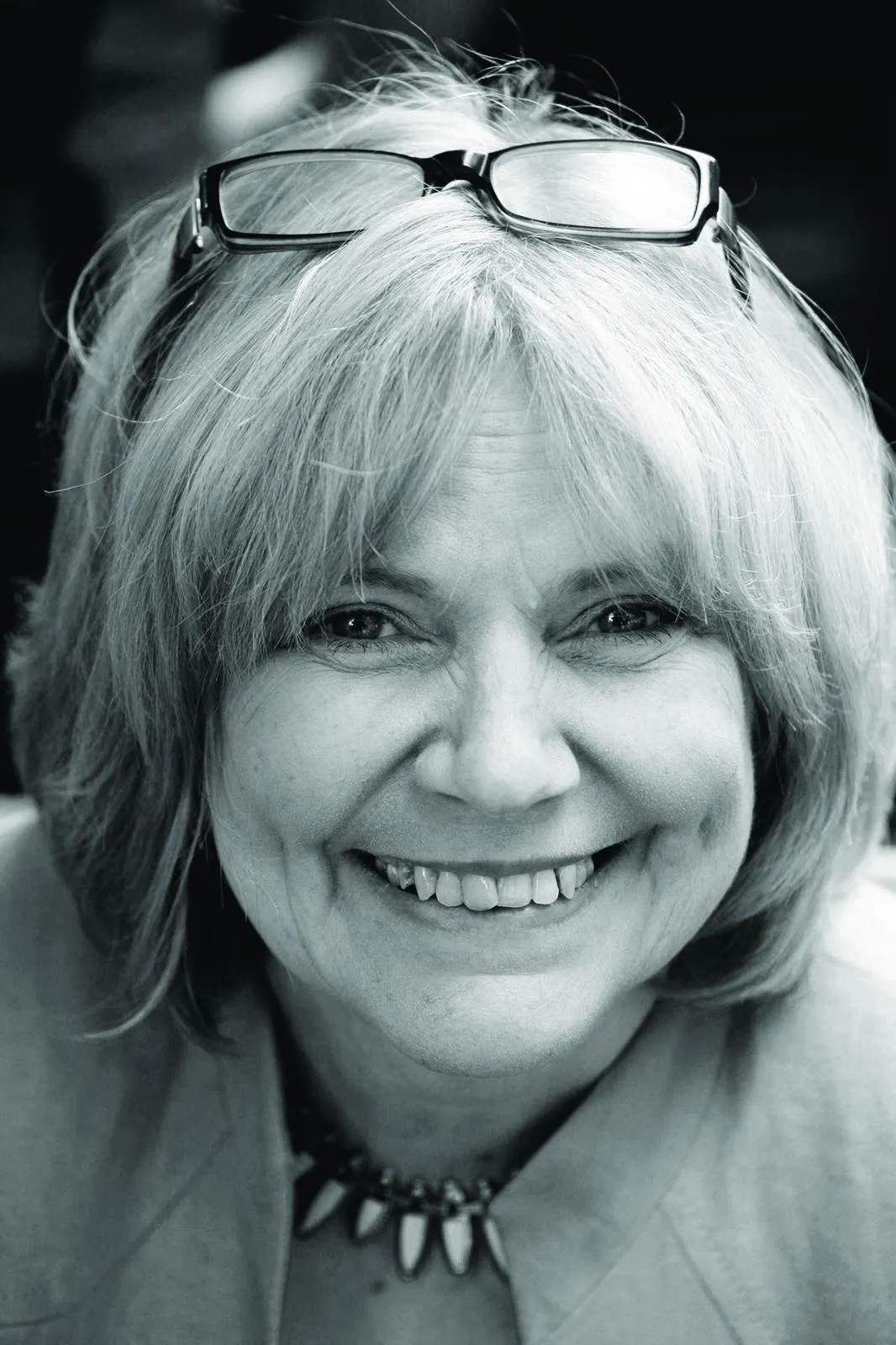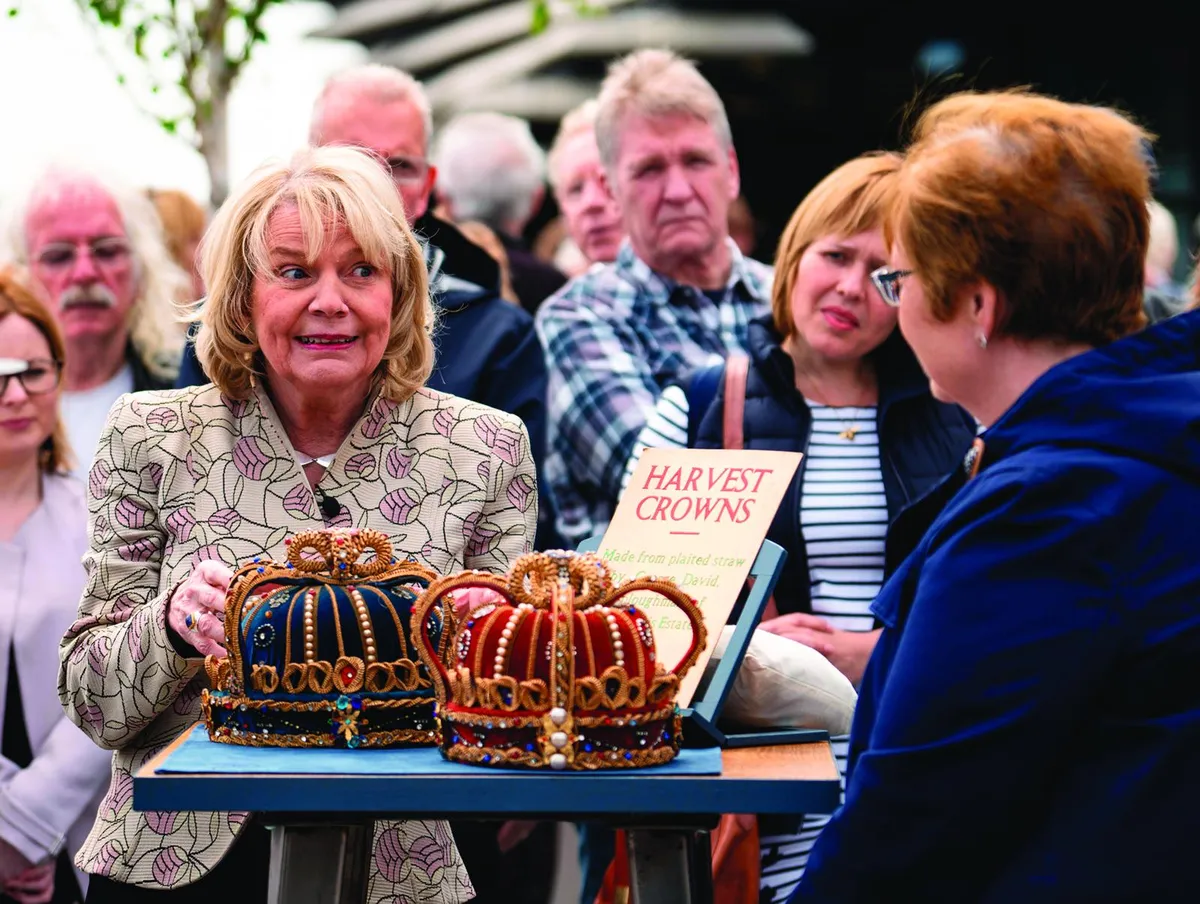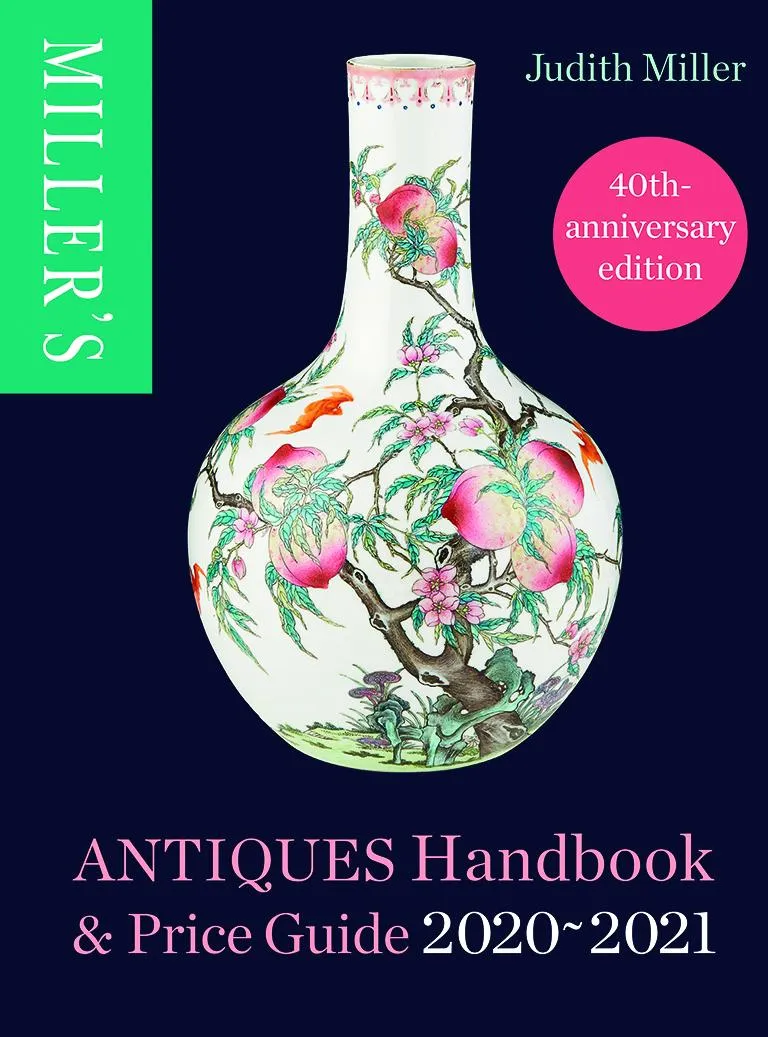Not many people can lay claim to writing 119 books, or establishing an international bestselling publishing brand that’s been called the ‘bible of antiques’. Yet Judith Miller’s long and illustrious career in the world of antiques publishing had little to do with her family background.
Judith grew up in Galashiels, Scotland. ‘My parents were part of what I call the Formica generation: after the war, they got rid of everything my grandparents had and bought new: what we now call mid-century modern.’

From an early age, history fascinated her, and by the time she was a teenager, the passion was unstoppable. ‘I loved it so much that I started going to junk shops. I sat on the floor looking at plates. Some dealers would just say take them; sometimes I’d buy them for a few pennies.’ The plates were often broken, but they were a catalyst, inspiring Judith to visit the library to learn more about her finds. ‘I had no interest in the value. For me, the real value was their story. I always say, if only these things could talk.’
As an undergraduate at Edinburgh University, the fascination continued. Judith’s friends looked on, totally bewildered, when she got excited about 18th-century plates, and decorated her flat with piles of ceramics. From junk shops she graduated to auction rooms. ‘In those days, they were very different, very much the domain of dealers. I didn’t buy – I didn’t have any money, but took notes and people were helpful.’
After university Judith went travelling in New Zealand. For a while she forgot her piles of plates, cooked for sheep shearers and then took a job as a copywriter in Auckland. When she came back to Galashiels she found what seemed a perfect job, working at Lyle, a local publisher of an antiques price guide, that at the time was illustrated with black and white line drawings.

It was here that she met her first husband, Martin Miller. ‘I said it was ridiculous to publish a price guide without any photos – it wasn’t helpful.’ In 1975, the couple came south to Ringwood in Hampshire and the first Miller’s Antiques Price Guide went on sale in 1978. ‘We would go round dealers and auction rooms and take photos. It was a massive job and we had three photographers. The first volume was dreadful for the quality of the images. But there was no internet then, so the book took off.’
Within a few years Miller’s Antiques Price Guide had established itself as the must-have antiques handbook, and volumes were seen in every dealer’s shop. ‘It was unbelievable how quickly we were selling 100,000 copies a year.’
When Martin wanted to focus on property and hotels, Miller’s Publications was sold to Mitchell Beazley, but Judith remained as MD, overseeing the guides. She also turned her hand to books on interior design after a chance conversation with a designer friend, Jacqui Small. ‘I was doing up a house and felt it was really difficult to find out what cornices would have looked like in a house of this period. Lots of people were doing up houses at the time, so I wrote Period Details and, again, the book took off.’

At home, Judith’s appetite for collecting has evolved. She has worked her way through British porcelain and pottery and Chinese porcelain, and now her passion is for 20th-century glass. ‘I was homesick for Scotland so I bought Monart glass, then I got obsessed by Ronald Stennett-Willson’s candlesticks, then Murano birds. Five ‘pulcini’ (chicks) were designed by Alessandro Pianon for Vistosi c1962. My favourite is the orange ‘pulcino’.’
By the time Judith joined the Antiques Roadshow in 2007 she had already appeared in several TV programmes including The Antiques Trail and The House Detectives. ‘To start with I said I was too busy to join the show, but as soon as I did one I wanted to do them all!’
More content from Homes & Antiques
- Who is Antiques Roadshow's Ronnie Archer Morgan?
- Meet Catherine Southon, star of BBC1's Bargain Hunt
- Antiques Roadshow experts share their memories of The Queen
- Lennox Cato on his love of antiques
